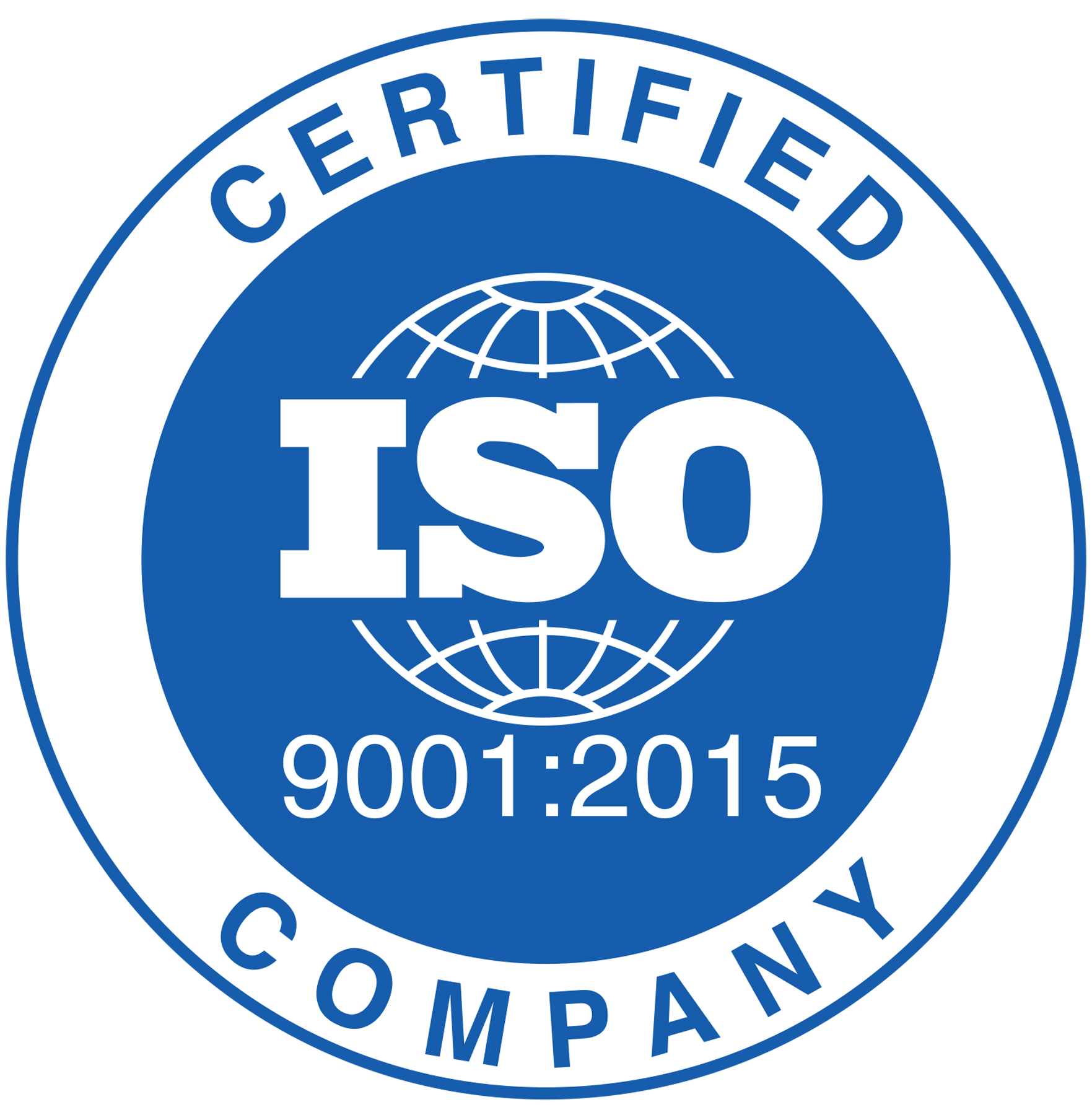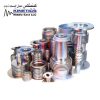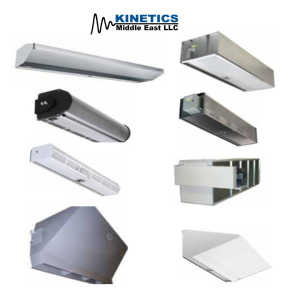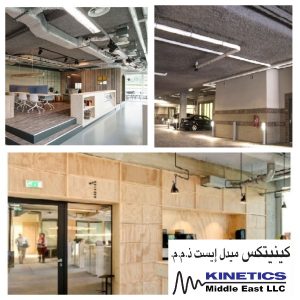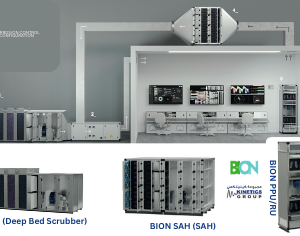DESCRIPTION
Teddington connectors prevent stresses due to expansion and contraction, isolate against the transfer of noise and vibration and compensate for misalignment.
Teddington connectors absorb the continuing movement experienced in piping systems because of varying ambient temperatures, differences in temperature of materials being handled and differences in composition. The danger of buckling or pulling apart and resulting maintenance costs are eliminated.
Teddington connectors reduce objectionable noise and vibration in piping systems connected to pumps, compressors and similar pulsating equipment. The transmission of noise and vibration tends to reduce the efficiency of adjacent equipment as well as impairing the working conditions in offices and factories. Settlement, load stresses and wearing of parts frequently cause piping and mechanical equipment to move out of normal alignment. Teddington connectors compensate for these lateral, torsional and angular movements.
APPLICATIONS
Air Conditioning, Heating and Ventilating Systems:
Teddington connectors eliminate stresses caused by changes in temperature and piping misalignment, as well as reduce the transmission of noise and vibration. They are used on both hot and chilled water circulation lines, suction and discharge sides of pumps and header connections.
Sewage Treatment Plants and Pollution Control:
Teddington connectors are used extensively in sewage water treatment-plants and pollution-control systems.
Control Rod Applications:
Optional control rod assemblies are designed to absorb static pressure thrust developed at the connector, thus minimizing possible failure of the connector or damage to the equipment. When used in this manner, control unit assemblies are an additional safety factor, minimizing possible failure of the expansion joint or damage to the equipment.
1. Anchored Systems: Control rod assemblies are not required in piping systems that are anchored on both sides of the connector provided piping movements are within the rated movements.
2. Unanchored Systems: Control rod assemblies are always recommended in unanchored systems and when the maximum pressure and movement exceed the rated limit.
3. Spring-Mounted Equipment: Control rod assemblies are always recommended for spring-mounted equipment when the maximum pressure and movement exceed the rated limit.



